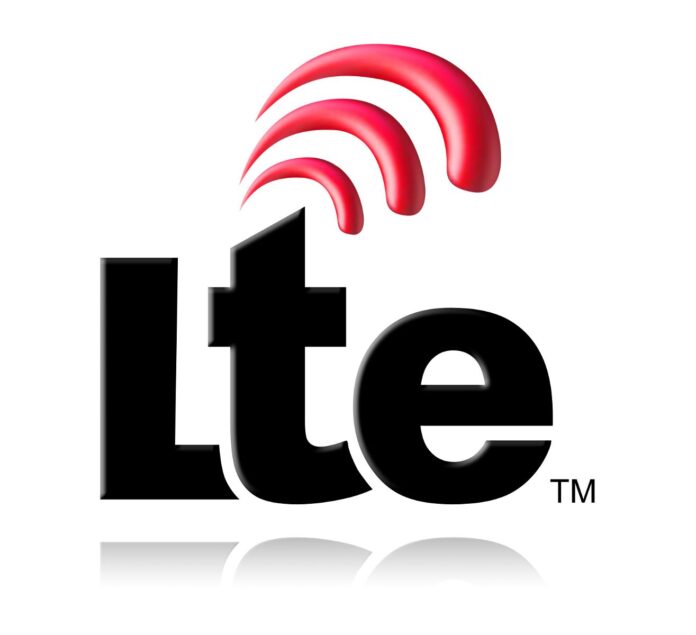Nokia LTE network in a box
First responders and workers in the energy industry are the target users for Nokia’s LTE network in a box, a compact macro cell for remote locations. The device combines the core network and the RAN in one box, creating a dedicated network that can support several thousand people. Industrial sites, rural areas and disaster sites are all potential applications.
Nokia’s network in a box requires an antenna and a power source. The company said it can be powered by a car-based inverter or a small portable generator. The device can operate on FDD or TD-LTE bands, and includes built-in ports for external IP connectivity.
LTE can be a lifesaver for first responders who may need to share information via mobile apps or video. It is also a key enabler for workers in the oil and coal mining industries, who are often sent to remote locations that may not have access to mobile broadband.
Verizon’s LTE-only partners
Altair Semiconductor’s LTE-only chipsets power the first tri-band LTE module to be certified by Verizon Wireless. The LM17B module is made by Taiwan’s Quanta.
Verizon Wireless and Israel’s Altair have been working together for more than two years. The carrier first certified Altair’s LTE-only chips in 2012 and then in 2013 it launched its own tablet powered by the Altair chip. Verizon Wireless’ version of the Hewlett-Packard Chromebook is also powered by Altair’s LTE-only chipset. Tablets are good candidates for LTE-only chips since they do not offer voice communication, and most voice calls still use 3G networks.
LTE-only modems typically cost less than comparable dual-mode modems and are likely to proliferate if carriers successfully migrate subscribers to voice-over-LTE.
Altair is not the only LTE-only chip vendor on Verizon Wireless’ roster. The carrier has also trialed Sequans Communications’ category 1 LTE chipsets for “Internet of Things” devices.
Follow me on Twitter.

